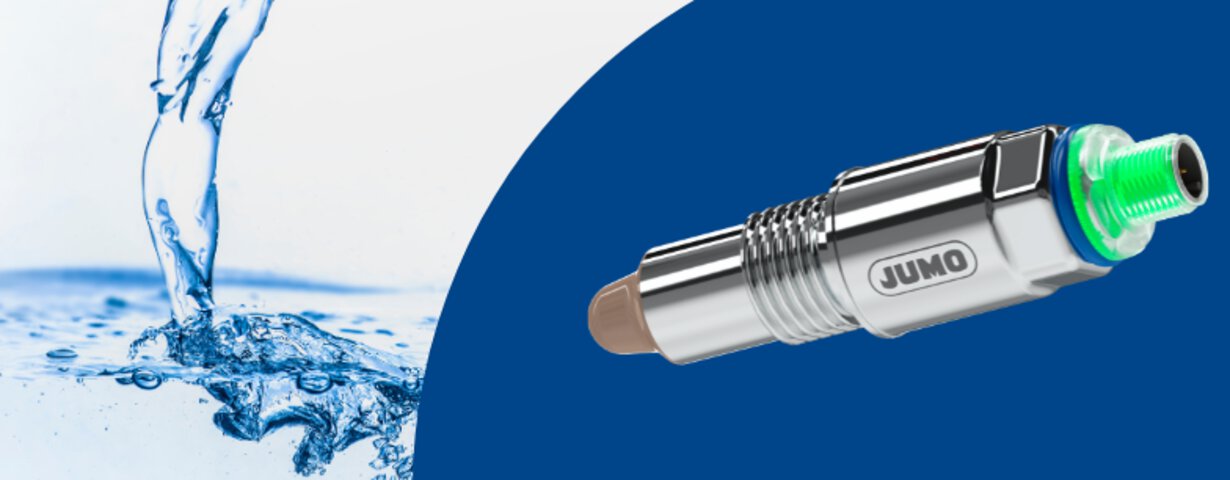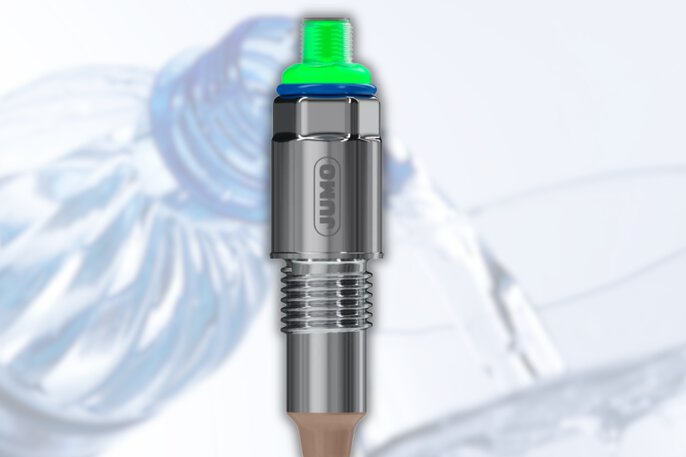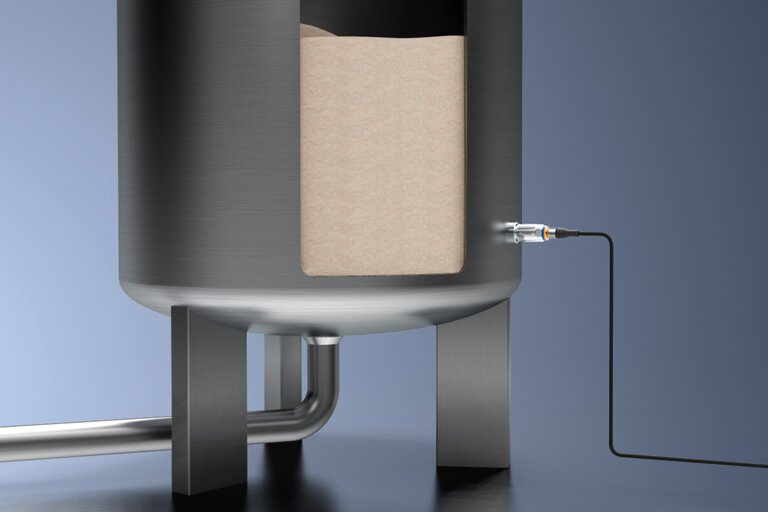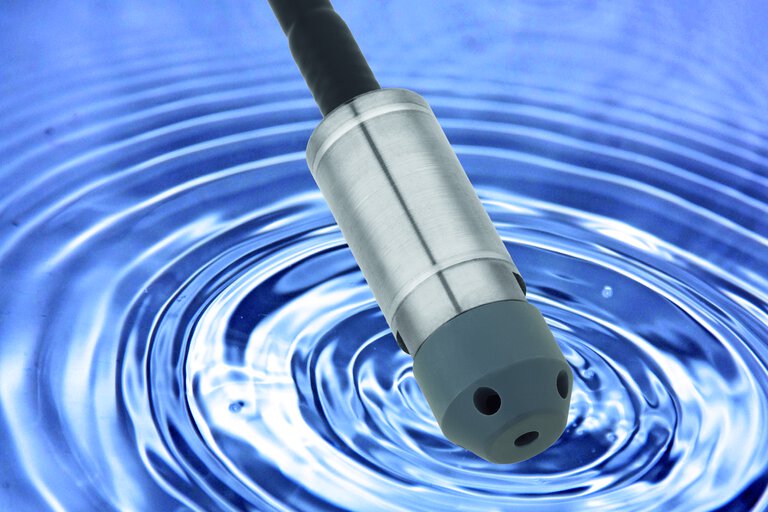

How to safely monitor water levels in drinking water systems? A solution for the water supply industry
Every day we reach for drinking water - filling a glass, washing dishes or running a machine in a plant. Rarely do we think about the fact that behind this simple and everyday activity is a complex infrastructure, where liquid level monitoring is at the heart of the entire process. In water treatment plants, pump stations or industrial buffer tanks, even a small deviation in liquid levels can have serious consequences. If the signaling does not work in a timely manner, the installation is exposed to malfunctions: dry-running of pumps, flooding of infrastructure and, in extreme cases, interruption of water supply to entire settlements or production lines. Typical solutions, such as mechanical floats or optical sensors, often prove inadequate under conditions of varying pressure and the presence of sediment. This is where technology is needed that ensures signal reliability regardless of operating conditions. In this blog post, we will take a look at solutions dedicated to precision level control in drinking water installations. We'll show how cutting-edge technologies, such as our new JUMO ZELOS C01 LS product, help meet the demands of these installations, ensuring precision, reliability and compliance with the highest quality standards. Read more!
Why is precise measurement of drinking water levels so important?
In drinking water treatment and distribution systems, the reliability of the infrastructure's operation is a matter not only of customer comfort, but above all of health safety.
Any malfunction related to uncontrolled water levels - be it tank overflows or dry-running of pumps - can lead to costly downtime, equipment damage or, in extreme cases, disruption of water supply.
A typical challenge faced by water treatment plants and drinking water suppliers is stable level control in large buffer tanks and pipelines operating under varying pressures. In such installations, level changes can occur dynamically, and additional factors such as sediment, biofilm and flow fluctuations can affect the reliability of traditional level signals.
In environments where every second of response and every inch of level counts, unreliable signaling can mean serious consequences:
- running the pumps dry,
- the risk of flooding of technical infrastructure,
- violation of quality standards for supplied water,
- downtime, the financial and image effects of which are felt long after the failure is resolved.
This is why precise and fault-tolerant control of drinking water levels is the foundation of safe and reliable operation of the entire system.
What are the challenges of level monitoring in drinking water systems?
In water supply systems, water treatment plants and industrial drinking water storage systems, measuring liquid levels is not a simple task. Operating under varying pressures, the presence of sediment, foam or biofilm, and changing flow conditions pose serious challenges to standard measurement technologies.
Typical solutions, such as mechanical floats or optical sensors, can lose their reliability under such conditions. Mechanical fouling leads to float blockage, and liquid turbidity or the presence of foam can interfere with optical sensors, causing false alarms or lack of response at critical times.
In the case of drinking water applications, an additional constraint is the requirement for components with the appropriate hygienic certificates - which is not always the standard for classic level indicators. As a result, treatment plants and drinking water suppliers need solutions that are not only resistant to harsh process conditions, but also fully compliant with applicable quality and safety standards.

JUMO ZELOS C01 LS is ideal for monitoring water levels in tanks, thanks to its drinking water-related approvals.
How to meet the monitoring of water levels in tanks? JUMO's solution
In response to the challenges of accurately monitoring water levels in water supply systems, solutions are needed that maintain reliable performance regardless of process conditions. One such solution is the use of capacitive metering technology, which makes it possible to detect liquid levels without mechanical components prone to fouling or interference from varying pressure.
JUMO ZELOS C01 LS is a state-of-the-art capacitive limit level indicator that perfectly meets the needs of drinking water applications. Thanks to its design and WGH drinking water approval certificate, the device enables safe and stable level monitoring in buffer tanks, pump stations or distribution networks.
The capacitive sensing method used in ZELOS C01 LS makes the sensor immune to the presence of foam, sediment or changes in flow parameters, minimizing the risk of erroneous readings and false alarms. It's a solution created for systems where there is no room for compromise on hygiene, reliability and safety.
How does a limit level beacon automate the safe and precise monitoring of drinking water in tanks? Benefits of selection
Choosing the right level indicator is an investment in safety, continuity of operation and meeting hygiene standards.
JUMO ZELOS C01 LS provides a number of benefits that are key in potable water systems:
- Process safety - fast and precise detection of minimum and maximum levels allows to effectively protect pumps from dry running and prevent overfilling of tanks.
- Resistance to harsh operating conditions - stable performance even in the presence of foam, sludge and with changing operating pressure in the system.
- Compliance with hygienic requirements - certificate of approval for contact with drinking water WGH
- Reliability and reduced risk of failure - the capacitive measurement method minimizes the risk of erroneous readings and false alarms, resulting in fewer unplanned service interventions.
- Ease of integration - compact design and flexible mounting options allow the sensor to be quickly deployed in both new and retrofit installations.
With its ability to withstand variable operating conditions and proven build quality, the JUMO ZELOS C01 LS becomes the ideal choice for water station operators, water suppliers and all users who want stable and reliable liquid level monitoring.
About the author
My name is Natalia and I specialize in content creation. I have been sculpting words professionally for three years as an editor and copywriter. My mission is to break down even the most complex issues. I focus on building relationships with the reader and creating experiences. Privately a lover of travel, literature and fashion.

Technical specialist
Jakub Dąbrowski - Inside Sales Engineer +48882351471 Jakub.Dabrowski@JUMO.net +48882351471Comments
We encourage you to leave comments via the form below. They will be published online after they have been approved by our review process.


